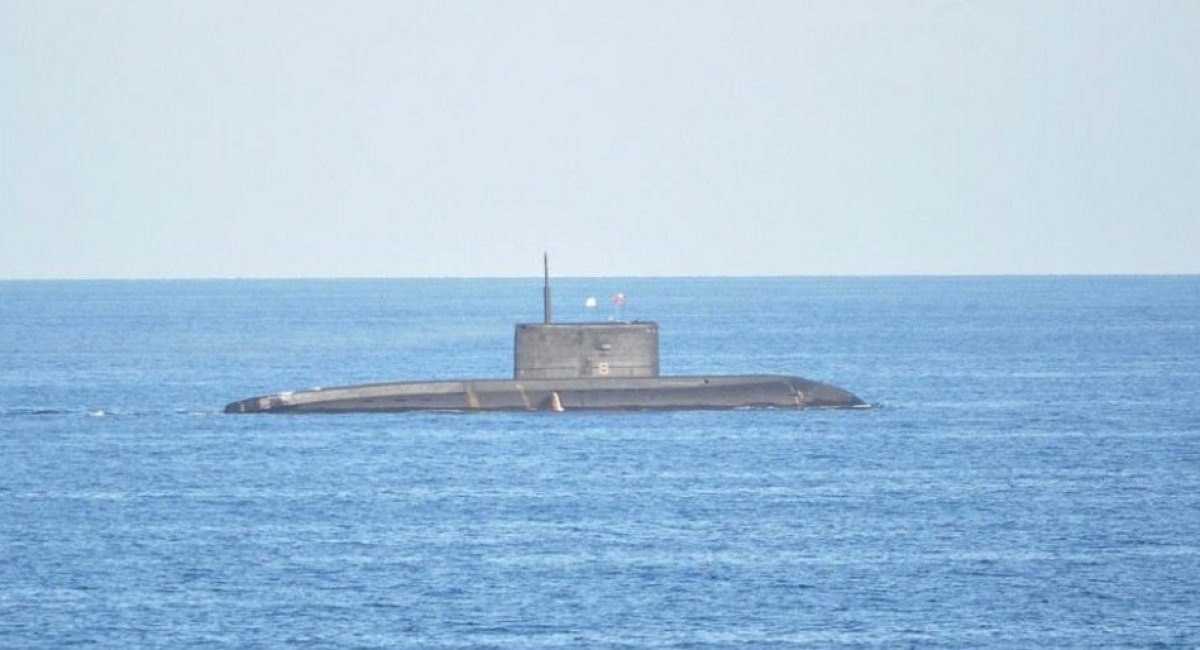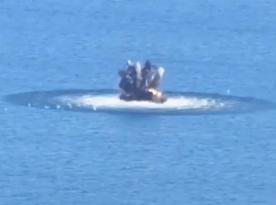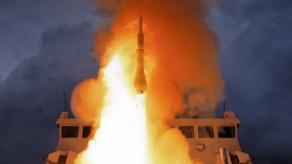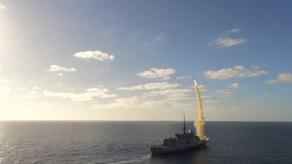The russian Novorossiysk B-261 Project 636.3 (NATO reporting name Improved Kilo II-class) diesel-electric attack submarine, which is now formally part of the russian Black Sea Fleet, returned in disgrace from the Mediterranean Sea in a surface position due to a technical malfunction.
Back in late September of this year, according to available information, the submarine, currently based in the Baltic Sea and having been on a Mediterranean cruise since June 2025, suffered a fuel system failure, which caused a leak, causing diesel fuel to fill the hold.
Read more: Arctic Crisis for russia: Icebreaker Fleet Inches Toward Disaster
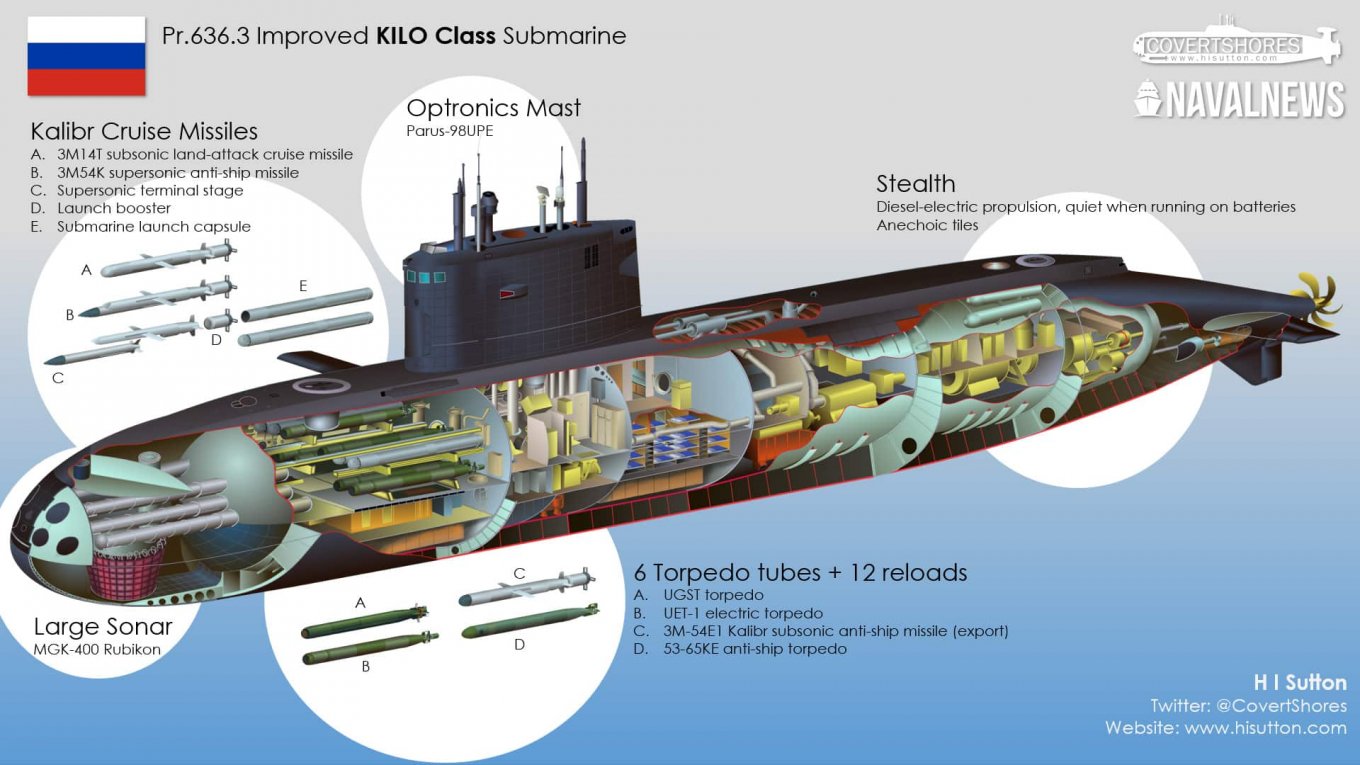
The lack of spare parts as well as qualified specialists led to the decision to send the Novorossiysk for repairs to the nearest repair base in St. Petersburg. The russian submarine was to move past the coasts of NATO countries in a helpless, vulnerable surface position.
While most observers were focused on the very fact of the technical breakdown of the Novorossiysk submarine, the real reason for this and russia's problem, which is much more significant than the submarine's malfunction, remained behind the scenes. This is emphasized by Naval News.
We must begin with the fact that the russian federation has always kept a number of surface ships in the Mediterranean Sea, as well as two Project 636.3 (Kilo II-class) diesel-electric attack submarines, which are carriers of cruise the Kalibr cruise missiles. The basis of the group was the Black Sea Fleet, for which the Mediterranean Sea is an area of responsibility.
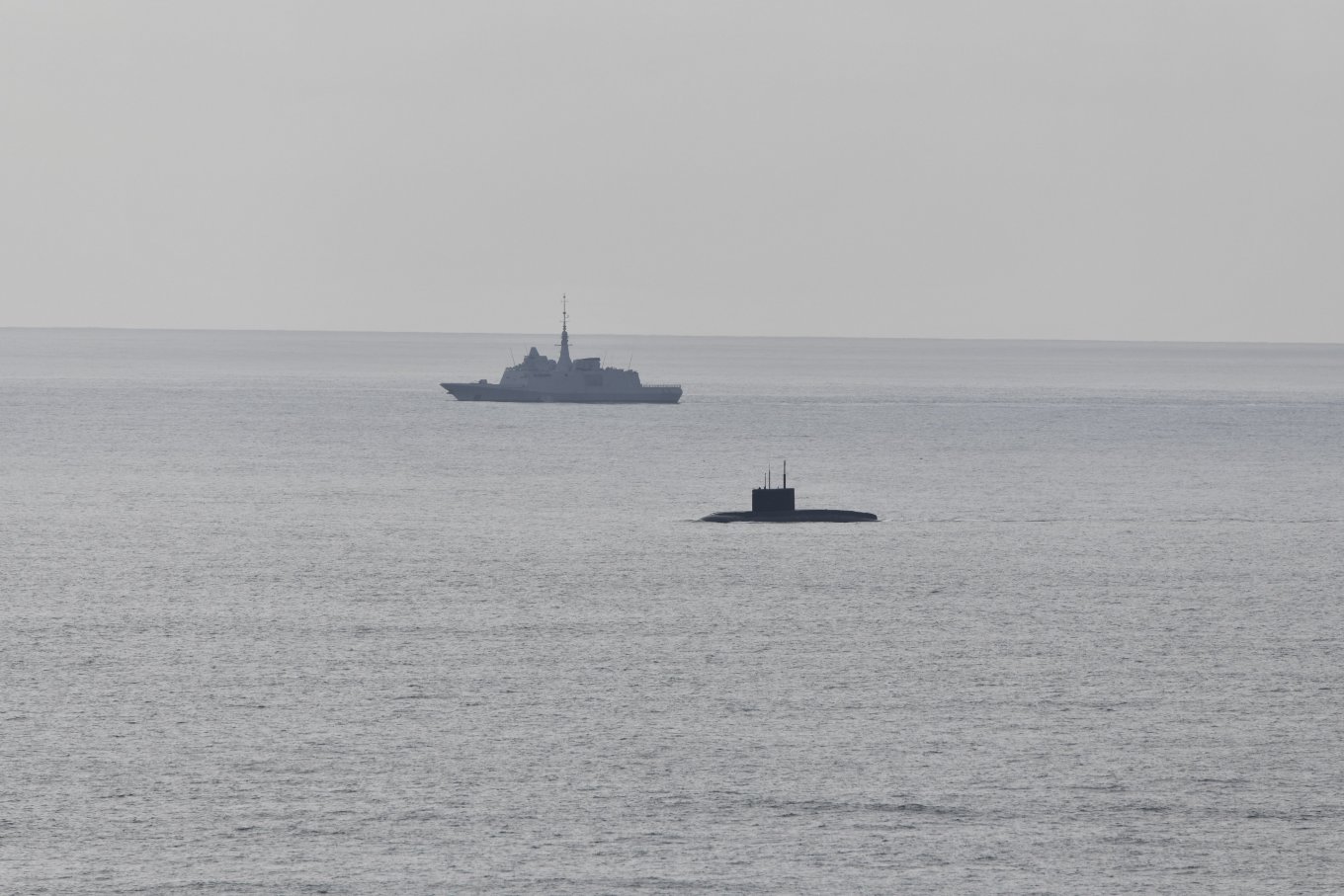
The reason for the russian problem with the Novorossiysk submarine is multi-layered. To begin with, we should know the russian aggression against Ukraine, because of which Turkey closed the passage of any warships through the Bosphorus using the provisions of the Montreux Convention.
Therefore, for missions in the Mediterranean Sea, russia began to involve ships that were currently, regardless of naval affiliation, in the Baltic Fleet. In view of this, the path from approximately 2000 km from the Black Sea turned into 8500 km from St. Petersburg to the very shores of Syria. That is, a significant part of the autonomy of navigation and technical resource now fell on the way to the place of duty. At the same time, russia was also denied the maintenance and refueling of ships in Cyprus.
The second problem for the Russian fleet was the loss of its presence in Syria at the beginning of 2025 as well as of its largest asset - the 720th logistics point of the russian Navy in the port of Tartus. Without a maintenance and repair base, any russian ship in the Mediterranean Sea turned out to be dependent on the need to somehow get to the Baltic Sea in the event of a breakdown.
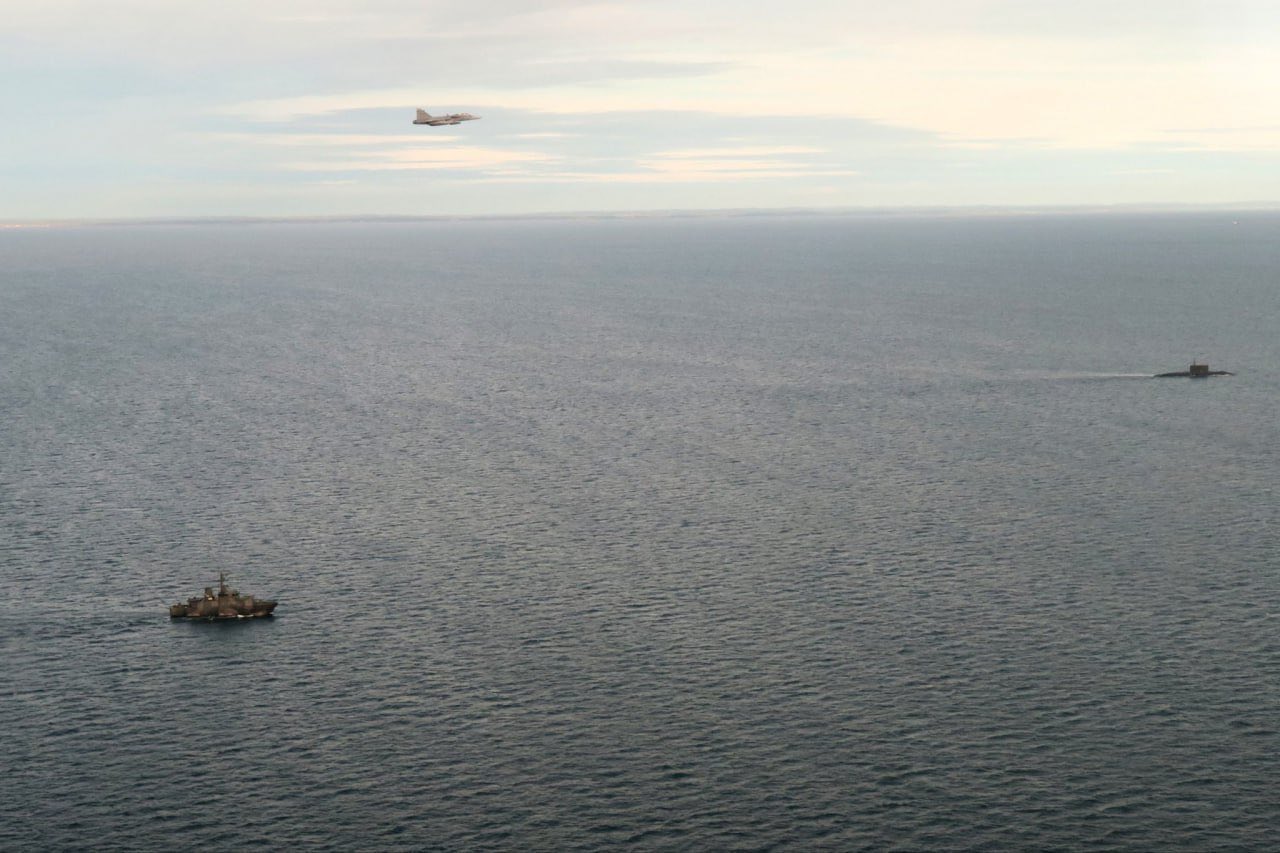
This ultimately led to serious consequences when the russian submarine suffered a breakdown and was forced to return to the Baltic Sea. This demonstrated not so much the low reliability of the ship, but the inability of the russian Navy to carry out tasks in the Mediterranean Sea.
Defense Express reported earlier, that UK Defense Intelligence Explained Why russia Hided Its Navy.
Read more: Ukraine's Special Forces Struck One of russia’s Newest Buyan-M Missile Ships While It Was Sailing From the Baltic to the Caspian Sea




